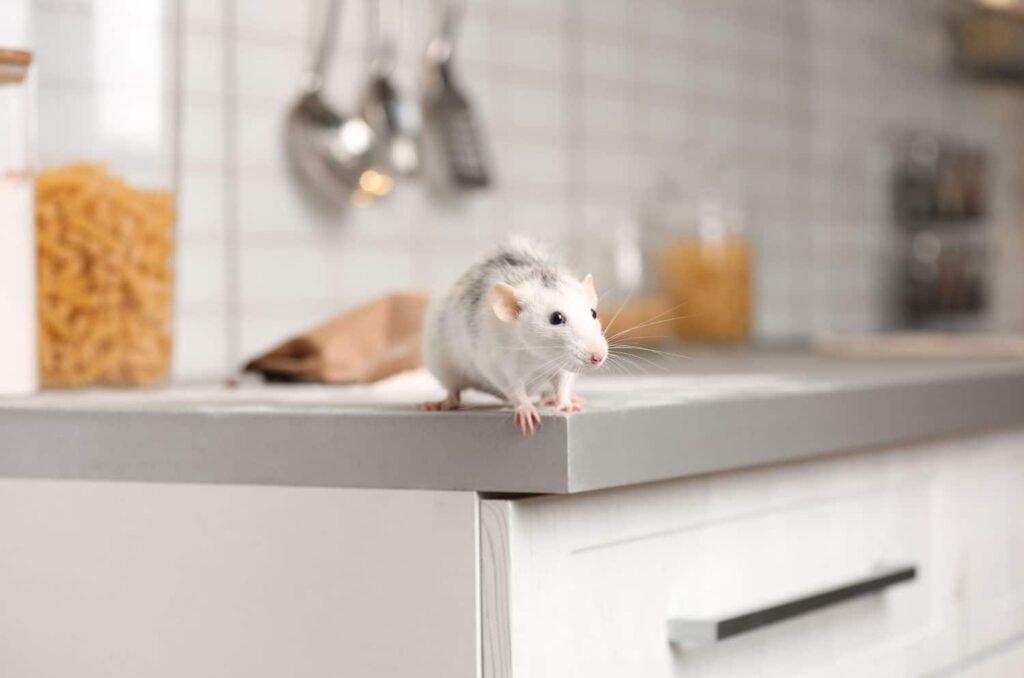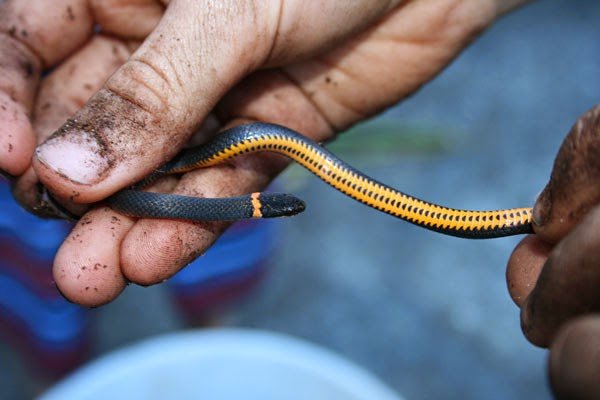If you’re a resident of Baltimore County, it’s essential to be aware of the common signs of rodent infestations. These pesky creatures can wreak havoc on your home and pose health risks for you and your loved ones. From droppings and gnaw marks to strange noises in the walls, knowing how to identify these signs can help you take swift action and prevent further damage. In this article, we will explore the common rodent infestation signs in Baltimore County and provide you with valuable insights on how to handle these unwanted guests. So, let’s get started and keep those rodents at bay!
Physical Signs of Rodent Infestation
Gnaw Marks
One of the most common physical signs of a rodent infestation is the presence of gnaw marks. Rodents have teeth that continually grow, so they need to constantly gnaw on objects to keep their teeth in check. Look for small gnaw marks on furniture, walls, and even electrical wires. Rodents can chew through almost anything, so don’t be surprised if you find gnaw marks on unexpected items.
Droppings
Another clear indication of a rodent infestation is finding droppings. Rodents, such as mice and rats, leave behind small, pellet-like droppings as they scurry around your home or property. These droppings are often found in areas where rodents frequent, such as near food sources, nesting sites, and along their travel paths. If you discover droppings, it’s important to clean and disinfect the area thoroughly, as rodent droppings can carry diseases.
Nesting
Rodents need a safe place to nest, so they often create nests in hidden areas of your home or property. Look for signs of nesting materials, such as shredded paper, fabric, and insulation. Common areas where rodents build nests include attics, basements, wall voids, and outdoor storage areas. If you find evidence of nesting, it’s crucial to identify and eliminate the nesting site to prevent further infestation.
Grease Stains
Rodents have oily fur, and as they navigate through your home, they can leave behind greasy marks on walls, floors, and other surfaces they come into contact with. These grease stains are often found along their travel routes or near entry points. If you notice greasy smudges or marks, it’s a strong indication that rodents are present and active in your home.
Holes and Burrows
If you spot small holes or burrows in and around your home, it’s a definite sign of a rodent infestation. Rodents use these openings to access your property, build nests, and travel between areas. Common areas to find holes and burrows include the foundation, walls, under decking, and in garden beds. It’s important to seal these entry points to prevent further rodent intrusion.
Urine Odor
One of the most unpleasant signs of a rodent infestation is a strong urine odor. Rodents mark their territory using urine, so if you detect a strong, musky smell in certain areas of your home, it’s likely that rodents have claimed those areas as their own. The odor may be particularly noticeable in enclosed spaces like attics, basements, and crawl spaces. If you come across this smell, it’s crucial to address the infestation promptly to prevent further damage and potential health risks.
Behavioral Signs of Rodent Infestation
Scurrying Noises
If you hear strange scurrying or scratching sounds coming from your walls, ceilings, or floors, it’s a clear indication that rodents are present. Rodents are nocturnal creatures, so you’re more likely to hear these noises at night. The sounds are caused by rodents moving through your home and searching for food and nesting materials. If you notice these sounds, it’s important to take immediate action to eliminate the rodents before they cause further damage or health issues.
Chewed Electrical Wires
Rodents have a voracious appetite for anything they can gnaw on, including electrical wires. If you find chewed wires, it’s a significant sign of a rodent infestation. This behavior not only poses a fire hazard but can also cause power disruptions and damage to your electrical system. If you discover chewed electrical wires, it’s essential to address the issue promptly by hiring a professional electrician and taking steps to eliminate the rodents from your property.
Trails and Runways
Rodents often use the same routes to navigate through your home, creating trails and runways. These trails are typically marked by greasy marks, droppings, and gnaw marks. If you observe these pathways, it’s a clear indication that rodents are active in your home. By tracing these trails, you can identify potential entry points and areas that need to be addressed to prevent further rodent intrusion.
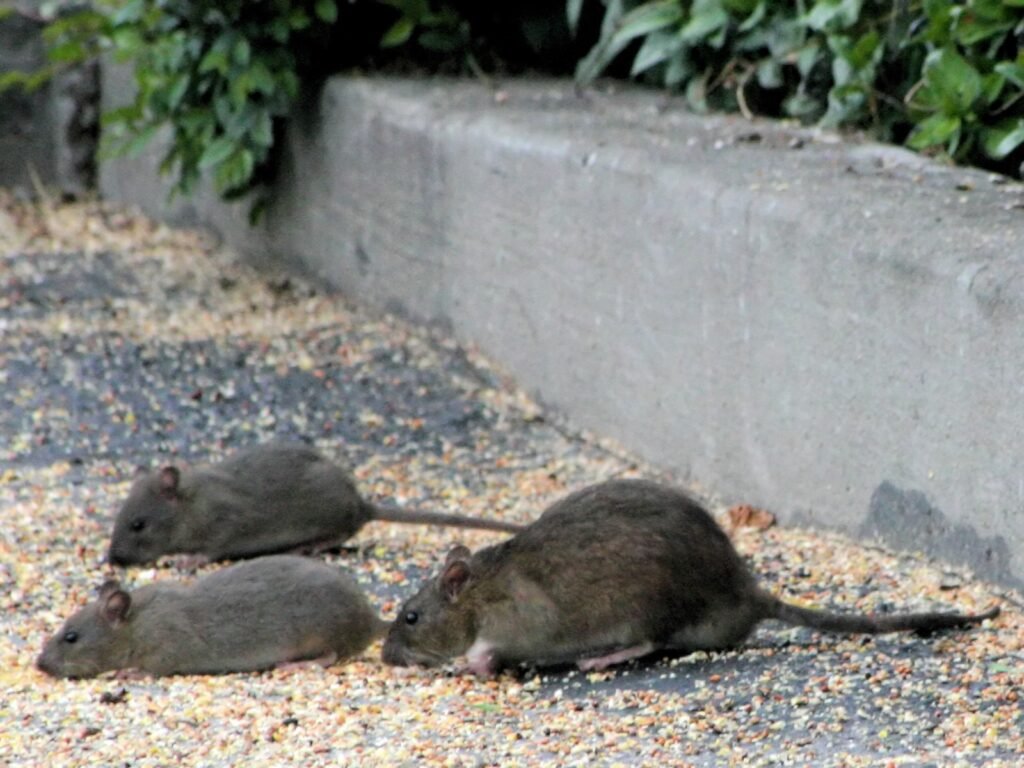

Food-Related Signs of Rodent Infestation
Chewed Food Packaging
Rodents are resourceful when it comes to finding food. If you find chewed or gnawed food packaging in your pantry or storage areas, it’s a sure sign of a rodent infestation. Rodents can easily chew through cardboard boxes, plastic bags, and even metal or glass containers to access food. It’s crucial to inspect your food storage areas regularly and dispose of any contaminated items to prevent further infestation.
Gnaw Marks on Food
In addition to chewed packaging, rodents may also leave behind gnaw marks on food items themselves. Look for small teeth marks on bread, fruits, vegetables, and other perishable items. Rodents contaminate food with their saliva, droppings, and urine, making it unsafe for consumption. If you find gnaw marks on your food, it’s important to discard it immediately and thoroughly clean the surrounding areas to eliminate any potential health risks.
Unexplained Food Spoilage
If you frequently discover spoiled or partially eaten food in your pantry or kitchen, it’s a sign that rodents are raiding your food supplies. Rodents have a keen sense of smell and can easily detect food sources. They will nibble on food items and contaminate them, leading to spoilage. To prevent further food spoilage and potential health risks, it’s crucial to address the rodent infestation promptly.
Health Issues Hinting Rodent Infestation
Frequent Allergic Reactions
Rodent infestations can trigger allergic reactions in some individuals. If you or your family members experience frequent sneezing, coughing, watery eyes, or other allergy-like symptoms, it could be a result of rodent allergens in the air. Rodent droppings, urine, and saliva can contain allergens that become airborne and trigger respiratory issues. If these symptoms are persistent, it’s important to consult a healthcare professional and address the rodent infestation to improve indoor air quality.
Presence of Fleas or Ticks
Rodents often carry fleas and ticks, which can be detrimental to both humans and pets. If you notice an influx of fleas or ticks in your home, it could be a direct result of a rodent infestation. These pests can quickly multiply and infest your living spaces, causing discomfort and potential health risks. If you suspect rodents are present, it’s crucial to address the infestation and implement pest control measures to eliminate fleas and ticks.
Scratching Sounds
If you hear scratching sounds coming from your walls, floors, or ceilings, it’s possible that rodents have attracted other pests, such as mites or lice. These parasites are often found on rodents and can infest your home, causing itching and discomfort. If you notice scratching sounds accompanied by unexplained itching, it’s essential to address the rodent infestation promptly and consult a professional pest control service to eliminate any associated parasites.
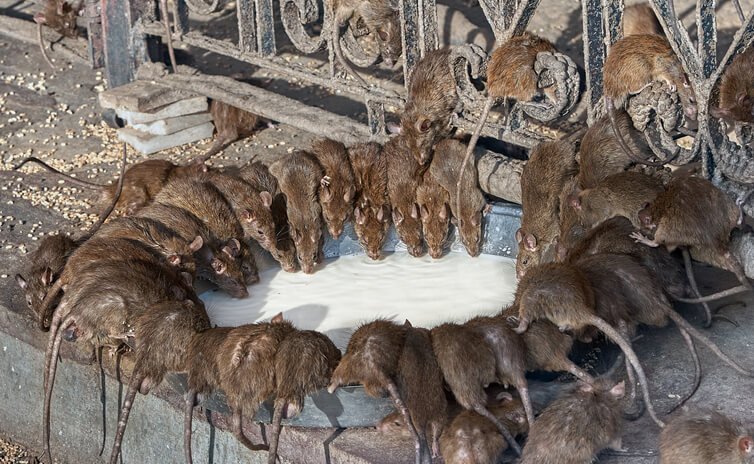

Exterior Signs of Rodent Infestation
Droppings Near Entry Points
Rodents often leave droppings near their entry points as they come and go from your property. If you find small, pellet-like droppings near gaps, cracks, or other potential entry points, it’s a clear indication that rodents have been active in those areas. By identifying and sealing these entry points, you can prevent rodents from entering your home and minimize the risk of further infestation.
Rub Marks on Exterior Walls
As rodents squeeze through small openings, they may leave rub marks on exterior walls or other surfaces. These marks are caused by the oils and dirt on their fur rubbing off onto the surfaces they navigate. Look for greasy smudges or stains near potential entry points, corners, or along exterior walls. By identifying these rub marks, you can determine potential rodent entry points and take appropriate measures to prevent further intrusion.
Nests in Shrubbery
Rodents often seek out dense shrubbery and bushes to build their nests. If you spot nests made of twigs, leaves, and other materials hidden within your shrubbery, it’s a clear sign of rodent activity. These nests provide rodents with protection and warmth, allowing them to breed and multiply. Regularly inspect and trim shrubbery to eliminate potential nesting sites and discourage rodents from inhabiting your outdoor spaces.
Interior Signs of Rodent Infestation
Droppings in Basements or Attics
Rodents often seek shelter in basements and attics, making these areas prime locations for droppings. If you find small droppings scattered around these spaces, it’s a strong indication of a rodent infestation. Basements and attics offer rodents the dark, secluded environment they prefer for nesting and breeding. Take appropriate measures to locate and eliminate the nesting sites in these areas to prevent further infestation.
Visible Nests
Inspect hidden areas of your home, such as wall voids, crawl spaces, and under furniture, for visible nests. Rodents construct nests using various materials, such as fabric, paper, and insulation, to create warm and cozy shelters. If you come across a nest, it’s crucial to remove it carefully and clean the surrounding area thoroughly. Failing to eliminate nests can lead to future infestations and increased damage to your property.
Shredded Insulation
Rodents are notorious for shredding insulation to use as nesting material. Check your insulation in attics, crawl spaces, and wall voids for signs of shredding. If you notice torn or shredded insulation, it’s a clear indication of rodent activity. Rodents not only destroy insulation, compromising its effectiveness but also pose a fire hazard by exposing electrical wires. Replace damaged insulation and take steps to eliminate rodents to prevent any further damage.
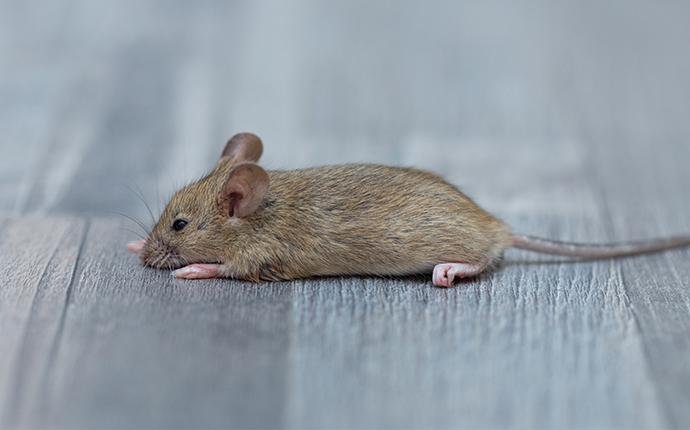

Garden and Yard Signs of Rodent Infestation
Burrows in Gardens or Flowerbeds
Rodents often dig burrows in gardens and flowerbeds to create nesting sites and access food sources. Look for small holes or tunnels in soil areas. These burrows are an indication that rodents are present and actively foraging in your outdoor spaces. It’s important to address the infestation promptly to prevent damage to your plants and to keep rodents from spreading into your home.
Holes in Potted Plants
Potted plants can be a target for rodents seeking shelter and food. If you notice small holes or tunnels in the soil of your potted plants, it’s a sign of rodent activity. Rodents may also chew on the roots or foliage of your plants, causing damage and potentially killing them. Inspect your potted plants regularly and take appropriate measures to eliminate rodents and protect your plants.
Damaged Vegetation
Rodents can cause significant damage to your garden and yard by feeding on vegetation. Look for chewed leaves, stems, and fruits on your plants. Rodents are particularly fond of fruits and vegetables, so their feeding habits can ruin your harvest. When you notice damaged vegetation, it’s important to address the rodent infestation promptly to protect your garden and prevent further crop loss.
Seasonal Signs of Rodent Infestation
Increased Sightings During Fall
Rodents are known to seek shelter indoors as the weather cools down during the fall months. As temperatures drop, they look for warm and cozy places to nest and breed. If you notice an increased number of rodents or signs of activity during the fall, it’s a clear indication of a seasonal infestation. Take appropriate measures to prevent rodents from entering your home, such as sealing gaps and ensuring proper insulation, to avoid dealing with a full-blown infestation.
Rodent Activity in Winter
Rodents are more active during the winter months as they search for food and shelter. During this time, they may venture farther from their nesting sites in search of resources. Keep an eye out for signs of increased rodent activity, such as droppings, gnaw marks, and sightings, during the winter season. By addressing the infestation promptly, you can prevent rodents from causing further damage and potential health risks in your home.


Structural Damage Indicating Rodent Infestation
Chewed Furniture or Woodwork
Rodents have strong teeth that can chew through various materials, including wood. If you discover chewed furniture legs, chew marks on wooden structures, or even holes in wooden walls, it’s a clear sign of a rodent infestation. These pests can cause significant damage to your furniture and woodwork, compromising their integrity and appearance. Repair or replace damaged items and take measures to eliminate rodents to prevent further structural damage.
Torn Insulation
Rodents often target insulation as nesting material. If you find torn or shredded insulation in your walls, attic, or crawl spaces, it’s a red flag for a rodent infestation. Not only does this damage compromise your home’s energy efficiency, but it can also expose electrical wires, increasing the risk of a fire hazard. Replace damaged insulation and seal any entry points to prevent further intrusion.
Damaged Pipes
Rodents have a habit of chewing on pipes, particularly those made of plastic or PVC. If you notice chew marks or small holes in your plumbing pipes, it could be a result of a rodent infestation. Damaged pipes can lead to water leaks and costly water damage. Repair or replace damaged pipes and take appropriate measures to eliminate rodents to prevent further plumbing issues.
Unusual Pet Behavior as a Sign of Rodent Infestation
Pets Reacting Aggressively
Animals have a keen sense of detecting other animals’ presence, and your pets may react aggressively if they detect rodents in your home. If your dog or cat starts displaying signs of aggression, such as growling, scratching at walls or furniture, or constantly sniffing around certain areas, it may be an indication of a rodent infestation. Pay attention to your pets’ behavior and investigate further to confirm the presence of rodents.
Unexplained Anxiety or Restlessness
Pets can also exhibit signs of anxiety or restlessness in the presence of rodents. If your pet seems unusually agitated, pacing, or constantly on edge, it could be a result of detecting rodents. Animals can pick up on the sounds, scents, and movements of rodents that are hidden to human senses. If your pet’s behavior changes suddenly and they seem disturbed, it might be time to investigate for a possible rodent infestation.
By familiarizing yourself with these common signs of rodent infestation, you can be proactive in identifying and addressing any potential issues. Keep in mind that prevention is key to avoiding a full-blown infestation. Implementing preventative measures, such as regularly inspecting and sealing entry points, maintaining cleanliness and proper food storage practices, and seeking professional help when needed, will help keep rodents at bay and protect your home and health. Remember to take prompt action at the first sign of a rodent infestation to minimize damage, potential health risks, and the associated stress of dealing with these unwanted guests.
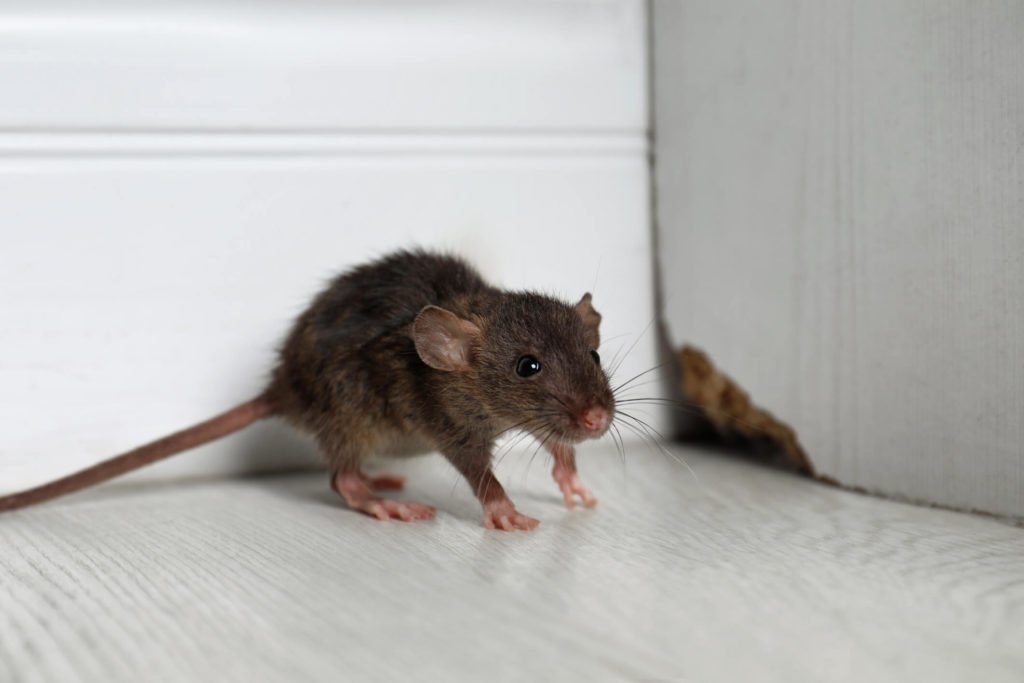

Your Expert in Animal Control and Extermination. Trust our experience for humane, effective pest management, protecting your property and ensuring peace of mind with Michael S.


